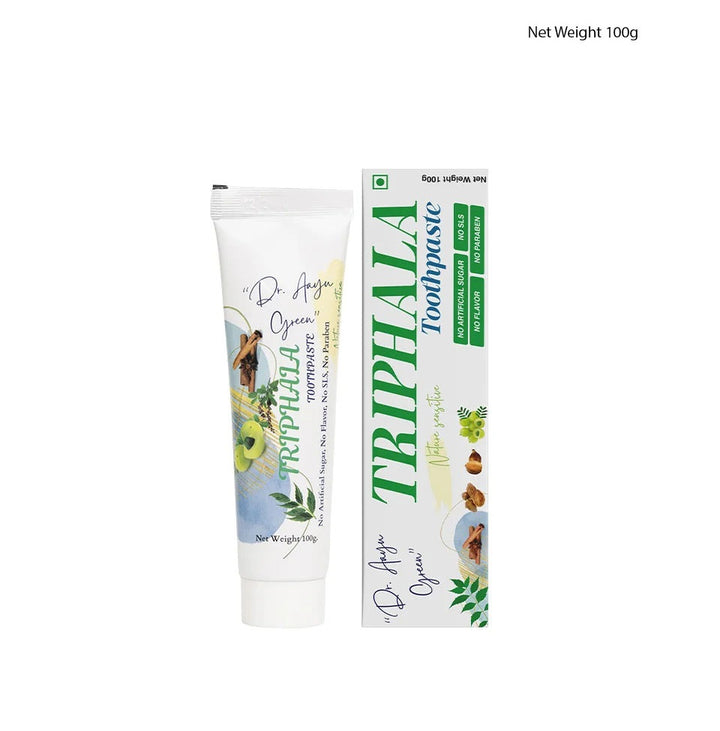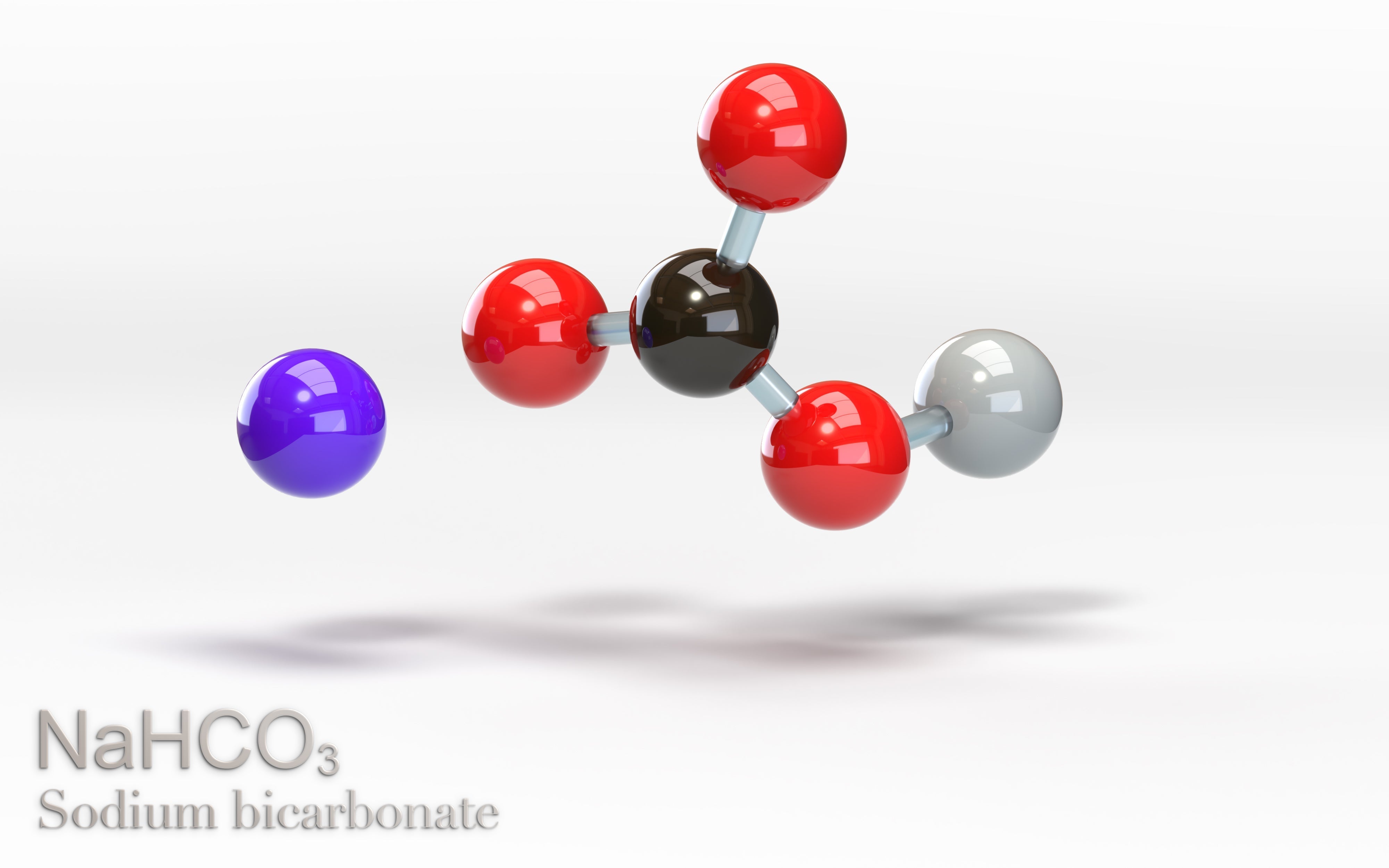Introduction
Switching to natural oral care often means dealing with a strong herbal toothpaste taste — sometimes pungent, bitter, or spicy. Many users who dislike the taste of Ayurvedic toothpaste feel discouraged and go back to regular minty brands.
However, with the right Ayurvedic toothpaste taste solutions, you can easily adapt and even begin to enjoy the freshness of natural herbs. This guide explains why bitter Ayurvedic toothpaste tastes the way it does, how long adaptation takes, and how to make the transition smoother — especially if you’re new to it.
�� Fact Check:
According to a 2024 Mintel survey, over 60% of Indian consumers switching to herbal oral care initially report a taste adjustment phase lasting one to two weeks. Meanwhile, the Ayurvedic toothpaste market in India is expanding by nearly 13% annually, proving that more users are embracing this shift toward chemical-free oral hygiene.
1. Why Does Ayurvedic Toothpaste Taste Bitter or Strong?
The unique taste profile of Ayurvedic toothpaste is intentional — not accidental. Ayurvedic formulations often use herbs categorized as katu (pungent), tikta (bitter), and kashaya (astringent).
These properties help detoxify the mouth and strengthen gums while balancing Kapha dosha — the element linked to mucus and stagnation in the oral cavity.
Common ingredients such as neem, clove, babool, and triphala have naturally strong or bitter flavors that target bacteria and plaque. So, the strong herbal toothpaste taste is actually a sign of potency and authenticity — not a flaw.
2. Ayurvedic Toothpaste Taste Adaptation: What to Expect
Most people go through a short “adaptation phase” when using Ayurvedic toothpaste for the first time.
It typically takes 7–14 days for taste buds to adjust, though some users may take up to three weeks.
Initially, the bitter Ayurvedic toothpaste flavor might feel intense, but with regular brushing, your palate starts appreciating its herbal freshness and purity.
If you’re a beginner, opt for milder variants like Ayurdent Mild, which are designed for gentle Ayurvedic toothpaste taste improvement without compromising the formula’s benefits.
Consistency is key — once your taste adjusts, you’ll notice that the herbal flavor feels more refreshing than synthetic mint.
3. Ayurdent Toothpaste Taste Tips & Adjustment Techniques
Here are simple ways to make Ayurvedic toothpaste taste solutions work for you:
|
Tip |
How It Helps |
|
Start with small amounts |
Use a pea-sized portion — less paste means less intensity. |
|
Mix with mild herbal powder |
Add a pinch of cinnamon or licorice to soften strong notes. |
|
Rinse lightly after brushing |
Rinsing with warm water helps reduce lingering bitterness. |
|
Try oil pulling or tongue scraping first |
Cleans your mouth and reduces residue that amplifies taste. |
|
Alternate between formulas |
Switch between strong and mild versions for gradual Ayurvedic toothpaste taste adaptation. |
|
Follow with mild herbal tea |
A cup of tulsi or mint tea can naturally neutralize aftertaste. |
Following these steps can help even those who dislike the taste of Ayurvedic toothpaste gradually enjoy its herbal freshness.
4. For Sensitive Users & Beginners
If you’re a first-time user or have a sensitive palate, follow these toothpaste taste adjustment for sensitive users tips:
· Choose beginner-friendly options like Ayurdent Mild or mild herbal variants.
· Use soft-bristled brushes to minimize gum irritation.
· Brush for shorter durations initially, then extend gradually.
· Avoid brushing with cold water or using too much paste.
· Take short breaks if the taste feels too strong, then resume after a few days.
These practices make Ayurvedic toothpaste for beginners easier to accept and maintain long-term.
5. Beyond Taste: The Real Benefits
Once your Ayurvedic toothpaste taste adaptation is complete, the benefits become clear:
· Herbs like neem, babool, and clove prevent cavities and freshen breath naturally.
· Regular use reduces gum swelling, bleeding, and bad breath.
· Many users experience lasting freshness and oral balance throughout the day.
With time, your Ayurvedic toothpaste taste improvement reflects your body’s natural adjustment to herbal care. The initial bitterness fades, replaced by a clean, refreshing feel — and healthier gums.
Conclusion
Struggling with Ayurvedic toothpaste taste is completely normal for beginners. With patience, consistency, and the right Ayurvedic toothpaste taste solutions, you can comfortably adapt to this powerful natural alternative.
The bitter Ayurvedic toothpaste taste isn’t a flaw — it’s proof of purity and authenticity. According to TickMyHealth’s Ayurvedic approach, true wellness involves long-term balance and consistency. By giving your palate time to adjust, you’re choosing a chemical-free, sustainable, and holistic oral care routine.











